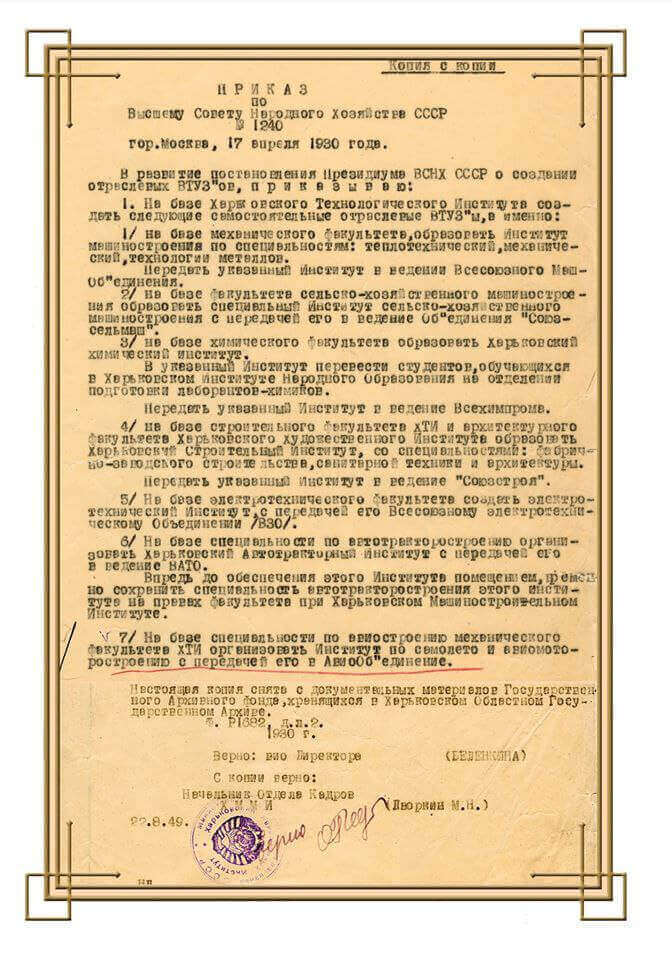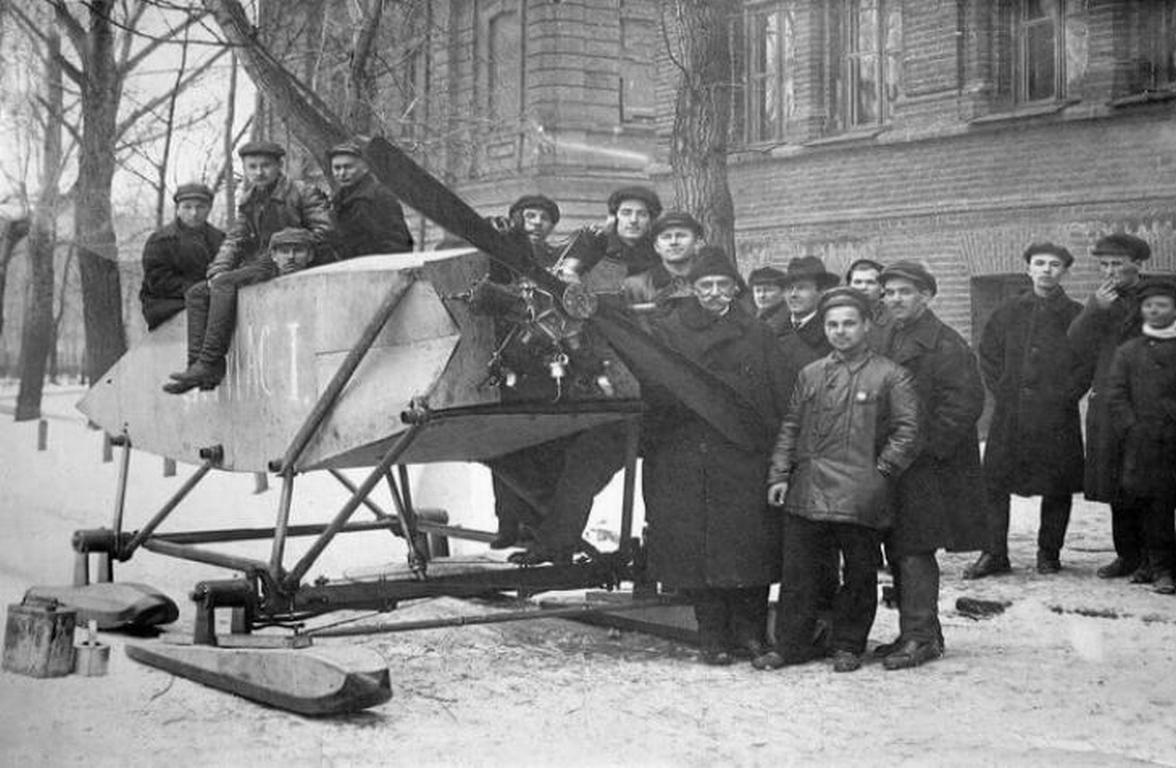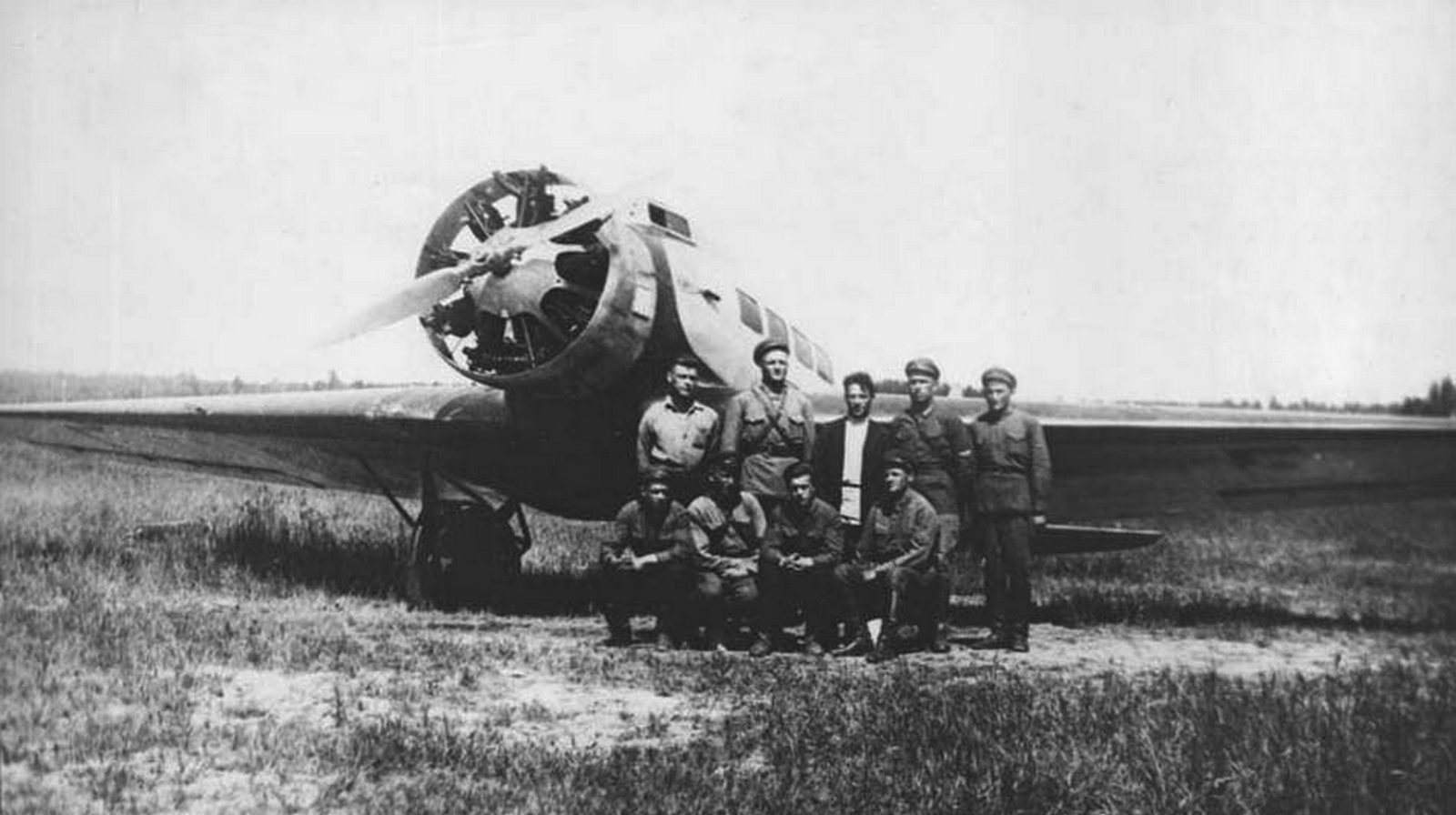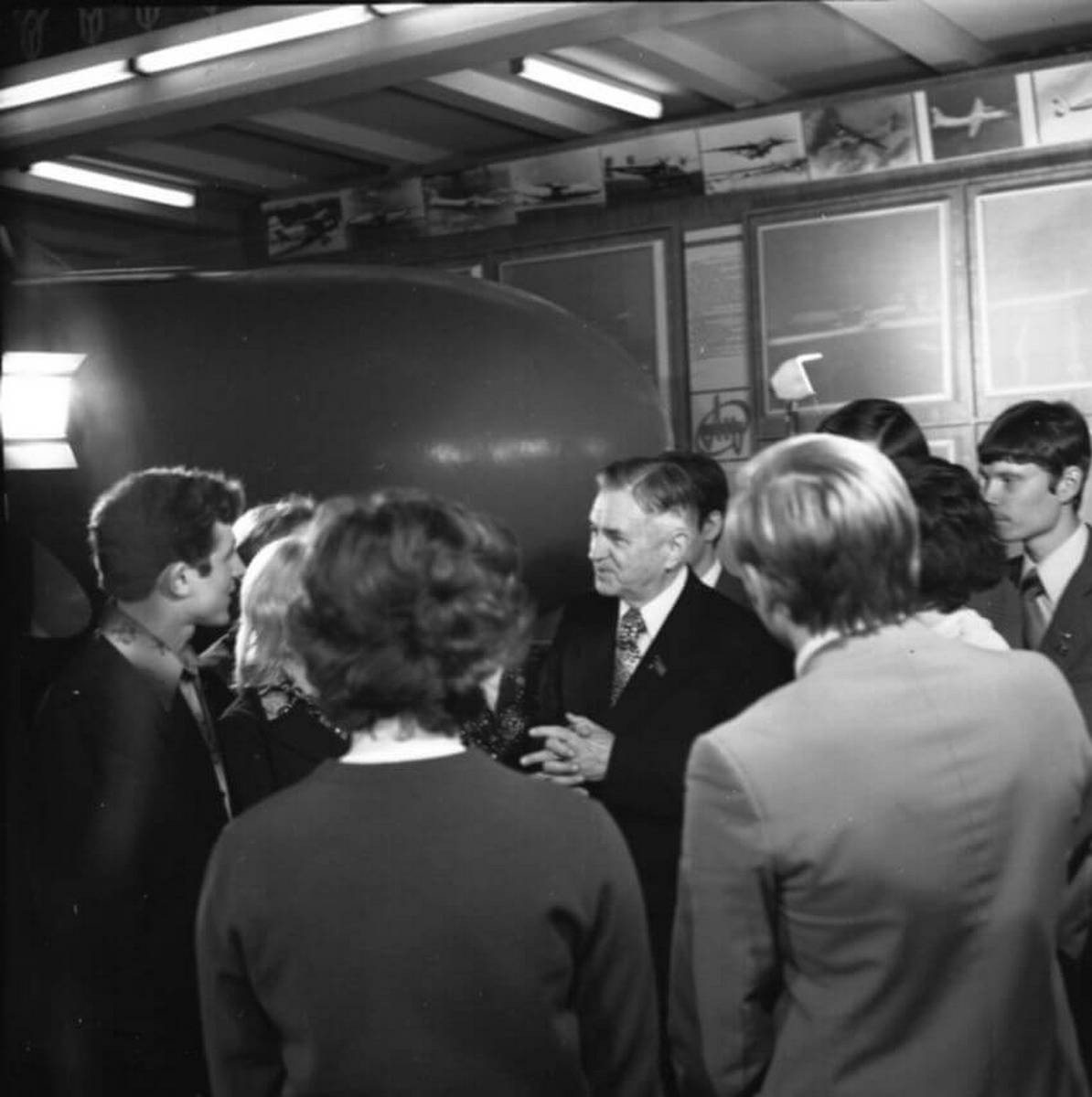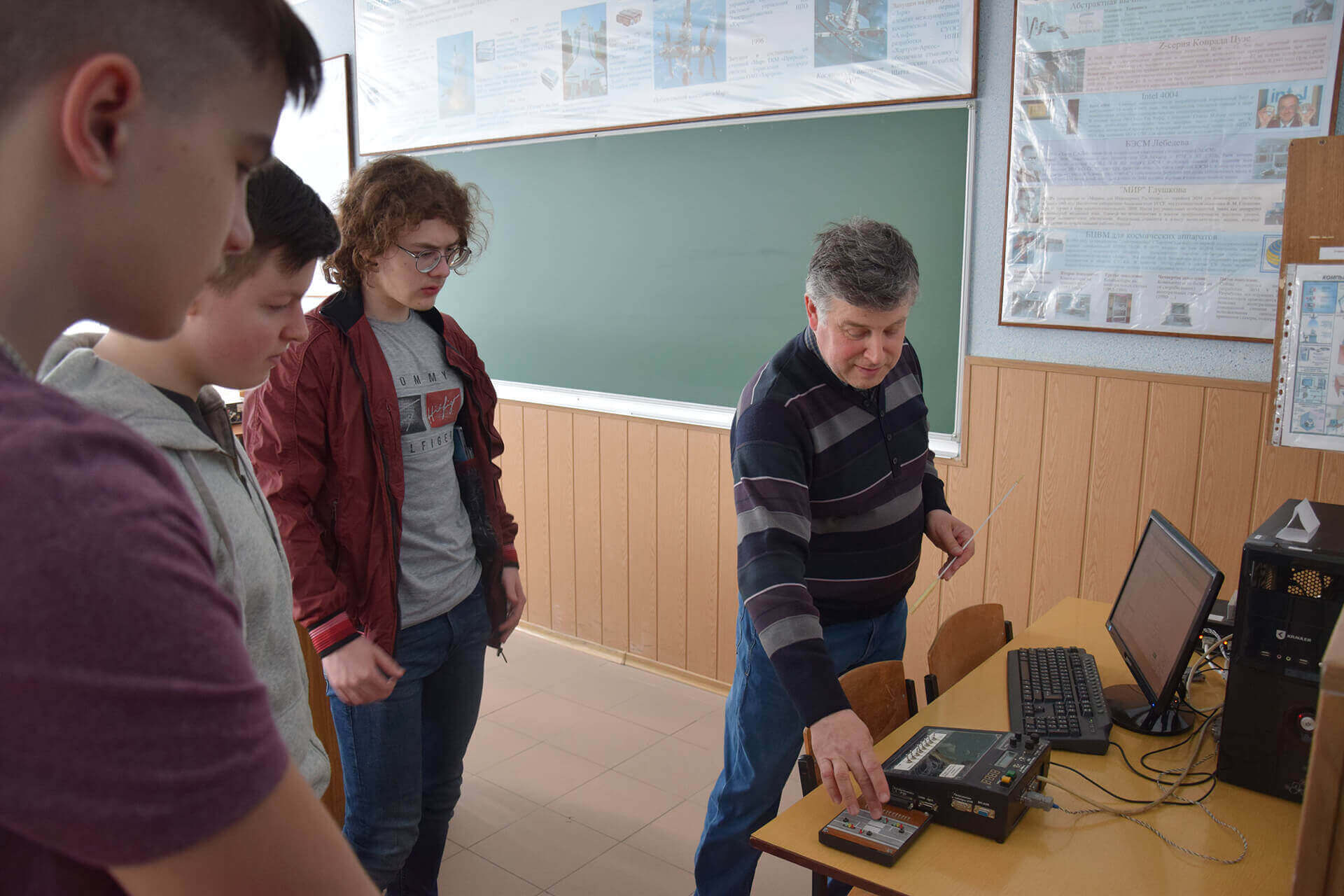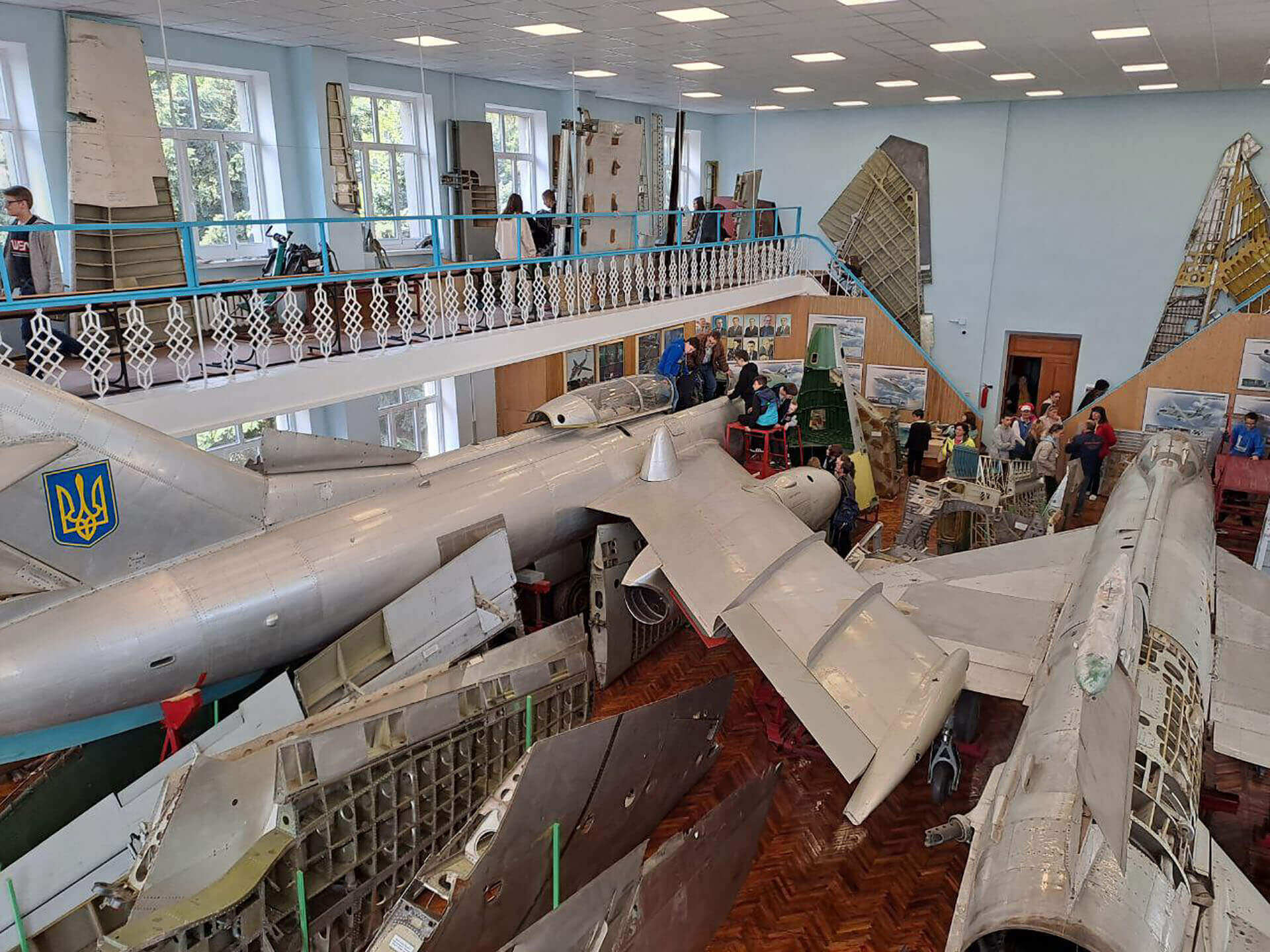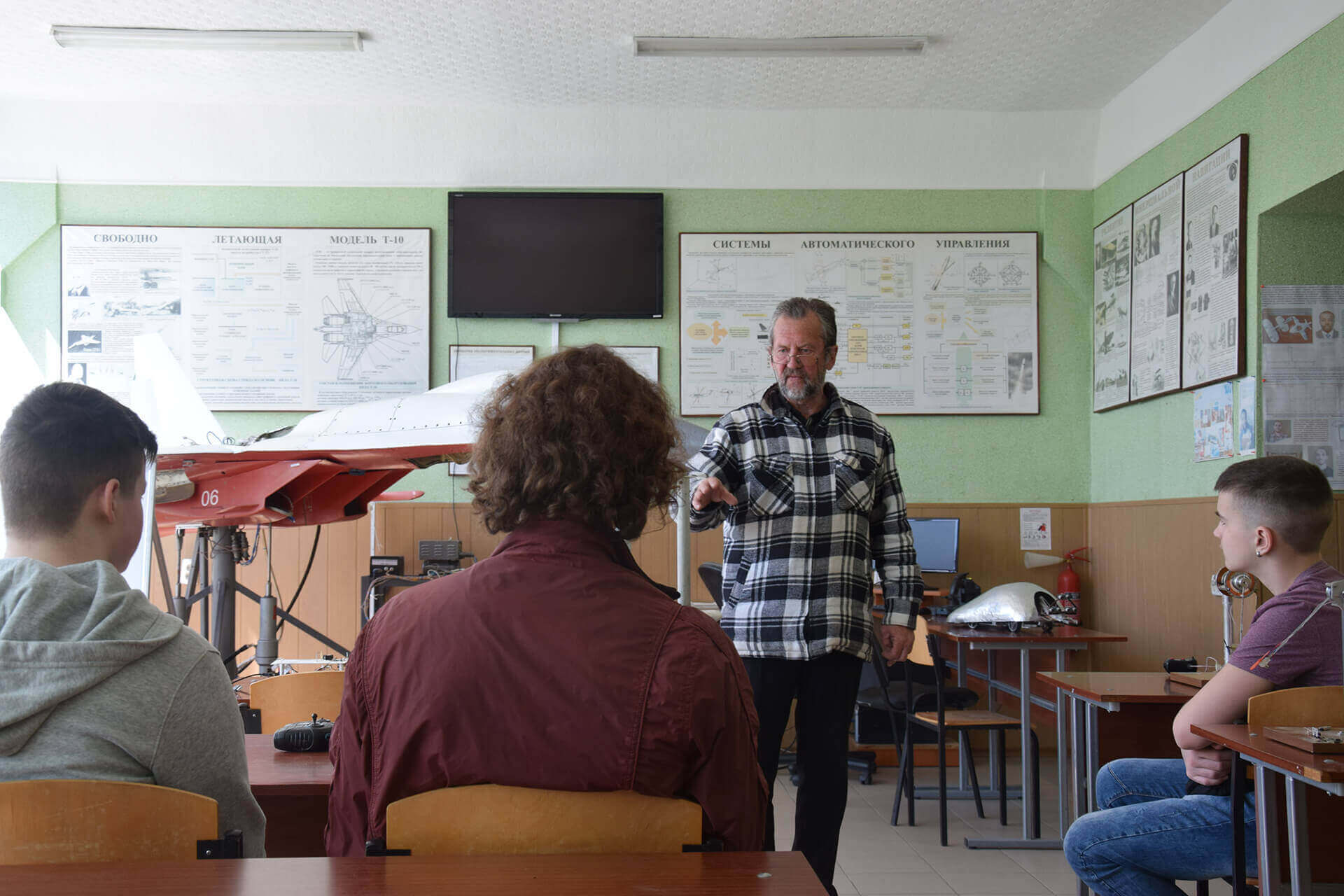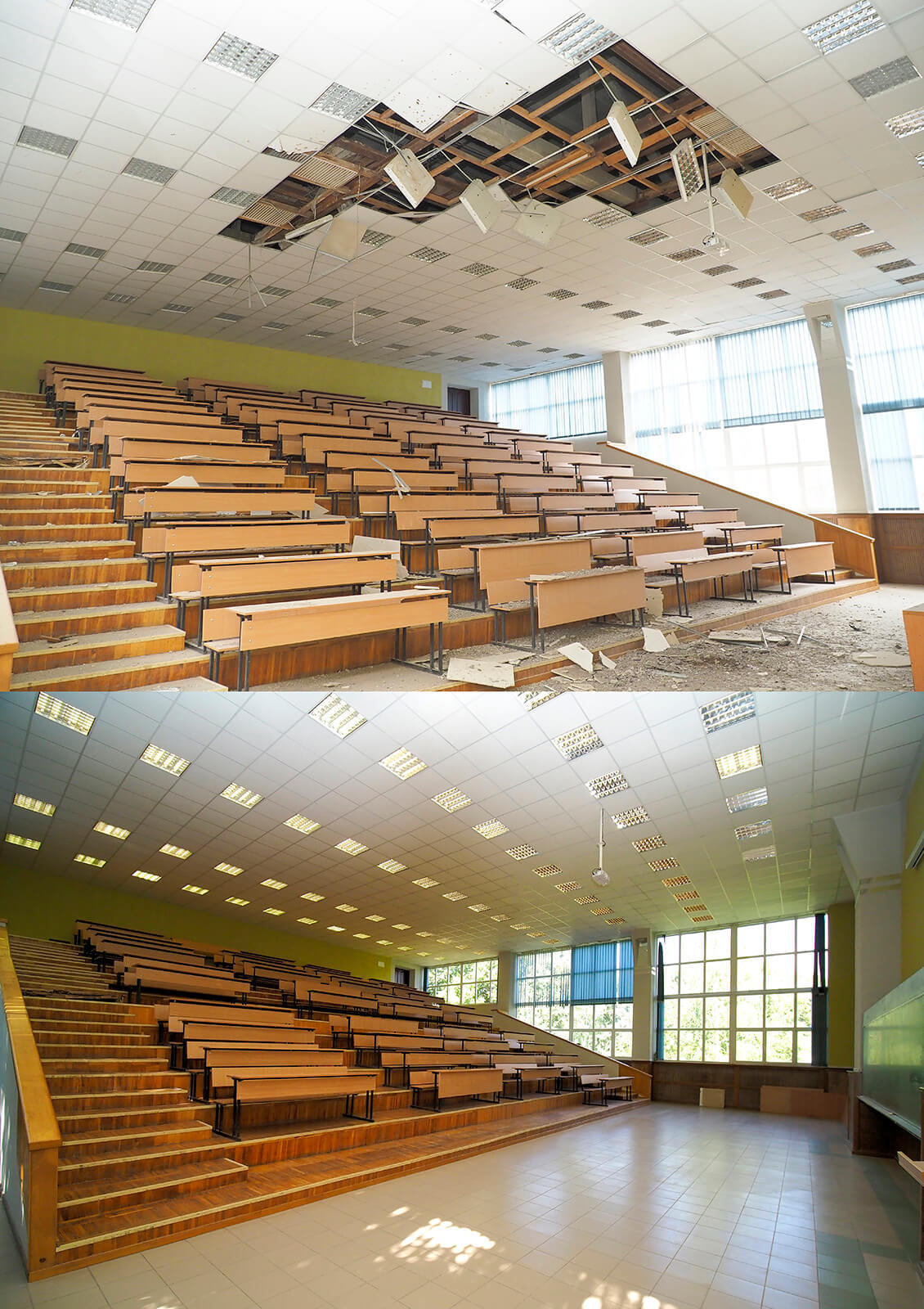April 17 marks the 95th anniversary of the National Aerospace University of KhAI
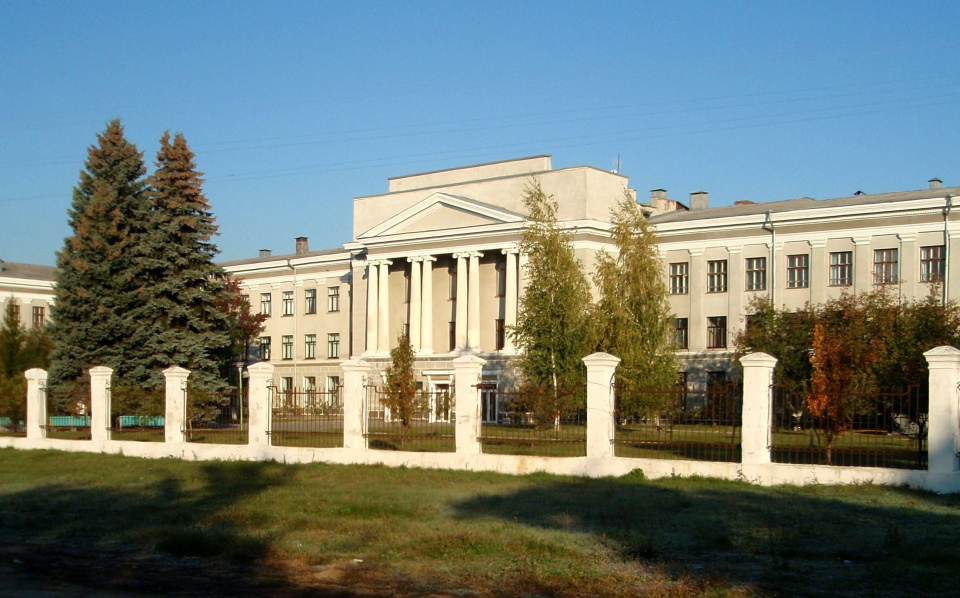
On April 17, the National Aerospace University “Kharkiv Aviation Institute” celebrated its 95th anniversary. On that day in 1930, Order No. 1240 of the Supreme Council of National Economy of the USSR was issued to establish a number of branch universities on the basis of the Kharkiv Institute of Technology (KIT), including the Kharkiv Aviation Institute (KAI). It was headed by Hryhorii Petrov (Horbenko).
Academician Heorhii Proskura was one of the founders of aviation education in Kharkiv. Back in 1912, he initiated the creation of an aviation section at the Department of Hydromechanics of the Kharkiv Institute of Technology. And in 1923, the aviation department was opened at the mechanical faculty of this institute.
At the time of its creation, the KhAI had only 12 teachers and 69 students. The institute was supposed to train design and process engineers for the aviation industry. The development of the KhAI was rapid. Students were involved in the design of aircraft. Thus, on the basis of the research sector, under the leadership of Professor Yosyp Neman, the passenger KhAI-1 was developed, which is considered the first airplane in Europe with a retractable landing gear. It took to the skies in 1932 and was mass-produced at the Kyiv Aircraft Plant.
KhAI began to work on the most advanced areas of aviation development. In particular, in 1935, the institute's engineer (future general designer) Arkhip Lyulka developed the first domestic turbojet engine RTD-1.
By the beginning of the German-Soviet war, over 1000 specialists had been trained at the KAI. When the threat of occupation of Kharkiv became apparent in October 1941, the institute was evacuated to Kazan. In 1944, it returned to its hometown.
In the postwar years, KhAI became one of the best technical universities. Within its walls, outstanding personalities contributed to the training of highly qualified specialists for the aviation industry. For example, the Department of Aircraft Design was headed by the legendary Oleg Antonov. Engineers and designers with KhAI diplomas worked at many enterprises of the USSR, and most of all in Ukraine. Among the most famous graduates are general designers Petro Balabuev, Dmytro Kiva, Volodymyr Lotarev, Fedir Muravchenko, and Ihor Kravchenko. It is quite fair to say that without KAI graduates, it would have been impossible to create such outstanding aircraft as the An-124 Ruslan and An-225 Mriya.
When Ukraine regained its independence in 1991, KhAI remained the only university in the country that provided comprehensive training for the aerospace industry. In 1998, it was reorganized into a university, which two years later received the status of a national university. KhAI continued to develop. Thus, the number of faculties reached seven, there were 8 educational buildings and 2 research institutes. There were almost 700 teachers, including 95 professors and doctors of science, and more than 7000 students and 160 postgraduate students.
The Russian aggression against Ukraine has become a severe test for the Kharkiv National University of Architecture. Located in the north of Kharkiv, less than 30 kilometers from the border with Russia, the university regularly suffered from shelling. In total, more than 180 strikes have already been made on its territory. Every building, dormitories and other premises have been damaged. University shelters have become a refuge for hundreds of residents of neighboring houses. Volunteers immediately started helping people, providing hot meals, clothes, etc. at the beginning of the war. Many KHAI employees and alumni went to defend their homeland. Unfortunately, at least 46 of them lost their lives in this struggle.
Despite all this, KHAI survived. Work continues to restore the damaged buildings. All 7 faculties are working, teaching students online, conducting various educational activities, including involving young people in seminars, forums, and online meetings. The university has already trained more than 110,000 specialists, and no aggressors will force us to stop this noble cause.

 Fan-page
Fan-page Youtube
Youtube TikTok
TikTok Aviamuseum
Aviamuseum State Aviation Museum
State Aviation Museum
